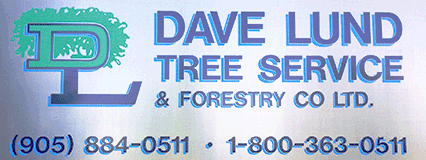The tree fungus Dutch Elm Disease can be contained, though its effects have been devastating. With a little extra elbow grease and monitoring, urban neighborhoods can be spared having bad trees and plant disease. Here is some background to help:
History in North America

Since the early 1900s, the U.S. has experienced a significant loss of Dutch Elm Trees. The fungus was discovered on trees that were shipped from overseas and planted along the eastern and central regions of the United States: mostly in Florida, Texas, and the neighboring states of the Atlantic. Dutch Elm began spreading quickly and killed over 77 million trees during the 1970s.
Identifying DED through Leaves

Commonly, the first signs of Dutch Elm disease are wilting leaves that turn to a dull green, then yellow. After noticing discoloration, check under the bark (using a chisel) to uncover any water vessels turning dark brown. This is an indication of fungus. Curling leaves that become dry/brittle are also symptoms. Also check for these problems:
– Drought
– Leaf miner
– Broken branch
The Number One Symptom (the Beetle)

Beetles spread the disease. As they multiply, hundreds of beetles spread harmful fungus and the disease commutes to other neighboring Dutch Elms through root grafts under and through the soil. Furthermore, the browning and decaying appearances tend to move downward as a stain. The stain is the result of the tree fighting to stop the spread by producing a sticky and gummy substance called “tyloses.”
The Common Cure

If you see signs of Dutch Elm Disease, professionals need to be called. Tree surgeons will advise you on yard maintenance efforts and help provide grafts for the roots around infected trees. To deter the bark beetle, invest in a preventative fungicide injection and insecticide treatments. Arbotect 20-S® is an injected systemic fungicide used for the prevention of Dutch elm disease. Finally, check local laws regarding removal of bad trees. It’s not enough to cut down a tree — to reduce the contagion the wood must be properly disposed.
If you suspect a Dutch Elm fungus, call us at Dave Lund Tree Service & Forestry Co Ltd: (905) 884-0511. We provide stump removal, pest insecticide application, root feeding, tree spraying, and more.
